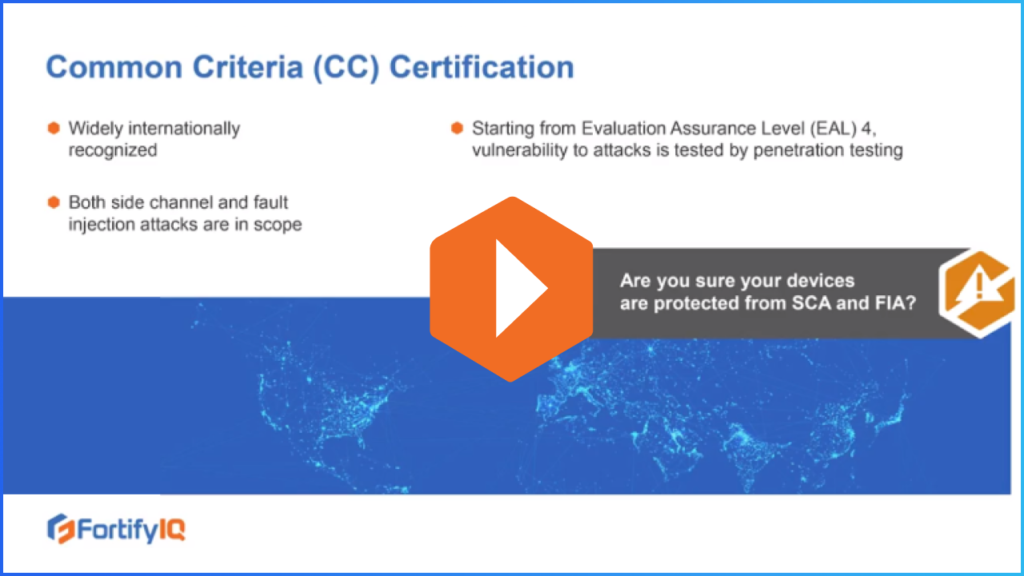
There is a lot of secret data around us. The most valuable secrets such as cryptographic keys should be given the best possible protections. The key to doing that is burying the data in hardware. Though nowadays, you need more than just that to secure your data secrets. The device must also be protected since there are cheap and practical attacks that make it possible to extract secrets from unprotected hardware units. Check out this video to learn more about these attacks and how they are carried out. You will also learn how you can prepare your security design to pass the NIST requirement, Common Criteria certification and much more!